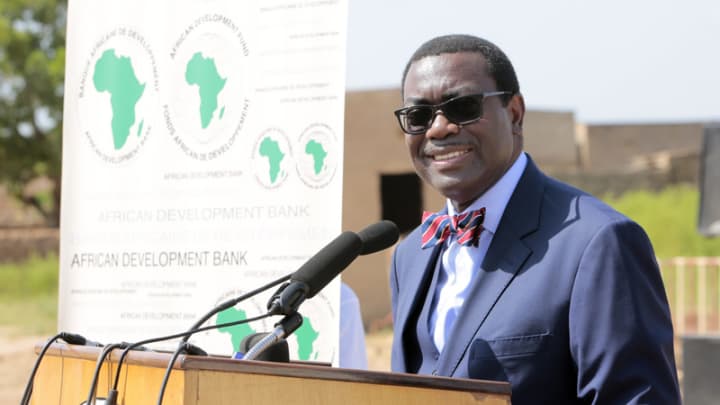
Audio By Carbonatix
The African Development Bank (AfDB) is warning about the higher level of debt that African countries are carrying even before the onset of the Covid-19 pandemic, when the debt stood at 61% of Gross Domestic Product.
25 African countries are already carrying excess debt or have a high risk of doing so.
According to the Bank Group, the structure of African debt has changed considerably. Bilateral debt now represents 27% versus 52% in 2000, whereas commercial debt accounts for 43% of total debt up from 20% in 2000.
“A multilateral approach demands that we understand the nature of the debt itself, what is changing and how we can respond to it,” said President of the African Development Bank Group, Akinwumi Adesina, at the Doha Forum in December 2023, on the theme of: “Decoding the Debt Dilemma—Unveiling Multilateral Solutions”.
“The expansion and fragmentation of the creditor base has complicated debt settlement by the Bretton Woods institutions,” explained President Adesina with concern.
The AfDB pointed out that one of the difficulties of debt resolution is the extreme length of time it takes.
Of the four African countries – Chad, Ethiopia, Zambia and Ghana – that have applied for debt treatment under the G20 Common Framework, only Zambia has completed the process enabling it to benefit from the facility in 2023.
“Reforming the global architecture of the financial system and debt to reduce costs, time frames and the legal complications of restructuring African countries’ debts is a matter of urgency,” insisted Mr Adesina at the Bank’s 2023 Annual Meetings in Sharm El-Sheikh, Egypt.
He urged African countries to avoid high costs and limit the possibility of a new debt crisis, and to push for increased transparency and global coordination between creditors.
Risk
The other debt-related problem lies in the “Africa premium” that countries on the continent must pay when they access capital markets, despite data showing that default rates in Africa are lower than in other parts of the world.
A Moody's analysis of the default rates for global infrastructure shows, for example, that Africa ranks higher, at 5.5%, than Asia, at 8.5% and Latin America, at 13%.
Yet the perception of risk in Africa, reflected by the global ratings institutions, results in an often unjustified increase in borrowing costs for African countries.
Latest Stories
-
Delta’s Wi-Fi revolution hits 1000th aircraft, bringing personalised entertainment and more
8 minutes -
2026 World Cup: ‘Ghana not afraid of England, Croatia and Panama’ – Betty Krosbi-Mensah
15 minutes -
Mahama decries broken health equipment to treat NCDs
15 minutes -
Pure Akan’s Nyame Mma Festival thrills fans with culture, music and creativity
31 minutes -
Lekzy DeComic turns heads at 2025 Rhythms on Da Runway
32 minutes -
Asiedu Nketiah and the Making of a Political Institution
33 minutes -
Access Bank
39 minutes -
When power fails, systems must not: Lessons from the Epstein Files for Ghana’s safety and accountability culture
43 minutes -
GSS opens first National Data Producers Forum as gov’t commits GH¢209m to strengthen data systems
56 minutes -
Minority demands immediate withdrawal of letter declaring Kpandai seat vacant
1 hour -
Nana Asaase to host ‘Mental Pictures 9: By the Fireside’ on December 12
1 hour -
Mahama urges global manufacturing firms to invest in Ghana
1 hour -
Ghana still poised to become a regional investment hub – Pearl Nkrumah
1 hour -
Manhyia South MP accuses speaker of partisanship over Kpandai re-run notification
1 hour -
Woodin unveils ‘Infini de Woodin’: Endless style, infinite possibilities
1 hour

